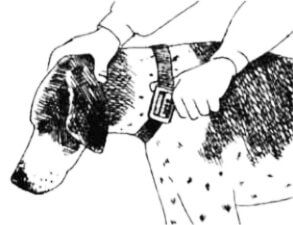SAME DAY SHIPPING!
Hurry offer expires in
How to Fit a Bark Collar to a Dog?
Watch the Youtube video below to learn how to properly fit the bark collar.
Want to see great results from your dog's bark collar training? Why not start with a proper fit?
Training your dog with a bark collar is a big step, but fitting it “properly” is the key to a successful training experience.
And It doesn't have to be stressful!
Our guide will teach you everything you need to learn about fitting your dog barking collar properly and ensuring that the training process is enjoyable for both you and your furry friend.
Dog bark collars are popular tools for dog owners who want to train their dogs to bark only when it’s important and to prevent nuisance barking that annoys the people next door.
Did you know that the success of bark collar training depends not only on the barking collar alone but largely on how well the collar is fitted around the dog’s neck?
Next, See if your bark collar has a strategic connection between the two probes - which simply are the vocal vibration detectors.
Some bark collars may not be too sensitive, and have to be placed closer than the usual to detect the dog’s vocal cords. We don't recommend dog bark collars like these, as they have to be worn tighter around the neck, and can make the dog extremely uncomfortable. Chances are it will try its best to remove the collar away through scratching and more. This does not help with effective dog bark collar training.
Steps in Properly Fitting the Bark Collar To Your Dog:
- Measure Your Dog's Neck.
- Adjust the Collar's Fit
- Check the Contact Points
- Test The Bark Collar
- Monitor Your Dog's Reaction
The right spot to place the collar is on the dog’s regular collar -where the vocal cord is located. The point is to make sure that the collar won’t slip but isn’t too tight.
The collar's box should face downwards while the probes are facing inwards. The Probes must be in contact with the dog’s skin. For dogs with thicker coating, consider shaving some hair. Probes for long haired dogs will also do the job.
NOTE: If the collar is too tight, it will cause Pressure Sore. To avoid it, remove the collar for a few hours a day to relieve pressure. Be sure to clean the dog’s neck and the collar during removal.
Never use pliers or similar tools to tighten the contact posts. Those tools can cause over-tightening which can damage the receiver. Use the wrench provided instead.
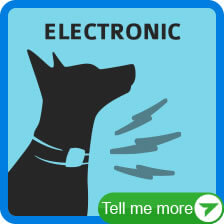 |
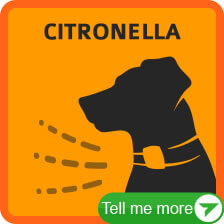 |
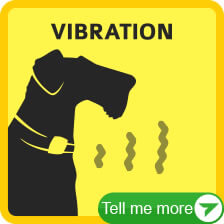 |
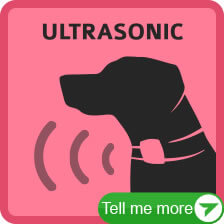 |
|---|
Click Here for Tips and Tricks on Fitting the collar Correctly and avoid Pressure Sores:
How tight should a bark training collar be?
- The best collar fitting should have minimal skin contact pressure but it should have good contact with the pet’s skin.
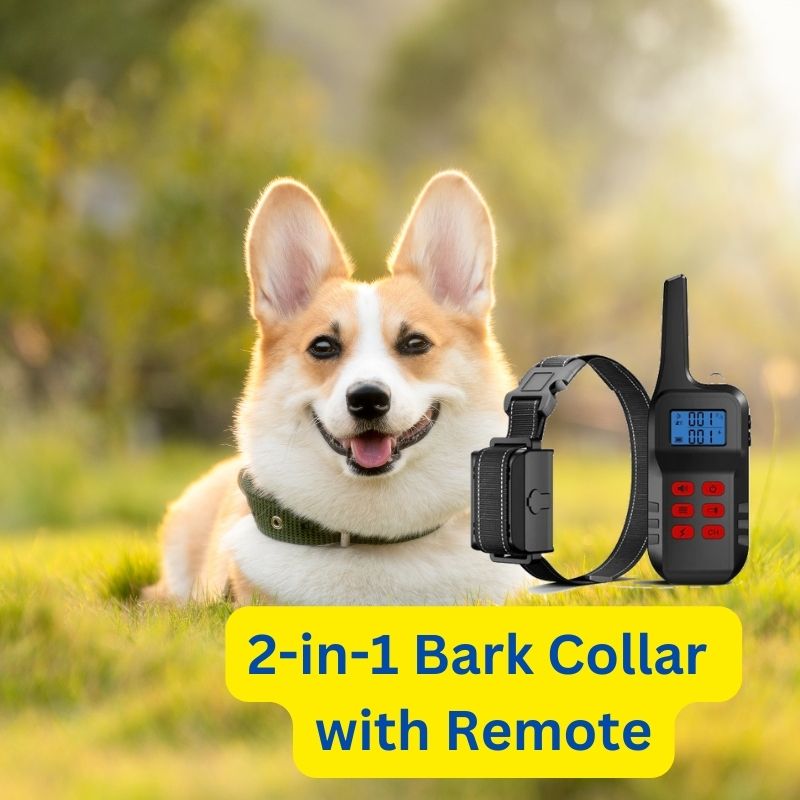
- To check if it’s not too tight, try to insert your finger or thumb between the collar and the dog’s neck.
- If the collar is too tight, the dog will develop skin irritation around its neck.
- Learn more on How To Avoid Pressure Sores Here!
- Turn the collar off before fitting it to your dog - this is to avoid any accidental stimulation and you don’t want your dog0 to know it came from you (but from the behaviour you’re trying to correct your dog).
- DO NOT fit the collar while your dog is sitting down - your dog’s neck is a bit smaller in a sitting position.
- Allow your dog to stand comfortably.
- The collar should be snug but the pressure of the contact points should be similar to the pressure you put on someone’s neck or wrist to feel their pulse.
- Check the fit by putting one finger or your thumb in between the collar strap and your dog’s neck.
- Let your dog get comfortable with the collar by letting your dog wear it for a few minutes.
- To ensure a perfect fit, recheck the collar.
- Turn the collar on to test it or start with the training
How to fit an anti-bark collar to your dog properly? Follow these steps:
-
Step 1: Measure Your Dog's Neck
The first step in fitting your anti-bark collar is to measure your dog's neck. Use a soft measuring tape to measure the circumference of your dog's neck.
Make sure the tape is snug enough to fit but not too tight that it makes the dog uneasy. Don't forget to add two inches to the measurement to allow for a comfortable fit. -
Step 2: Adjust the Collar's Fit
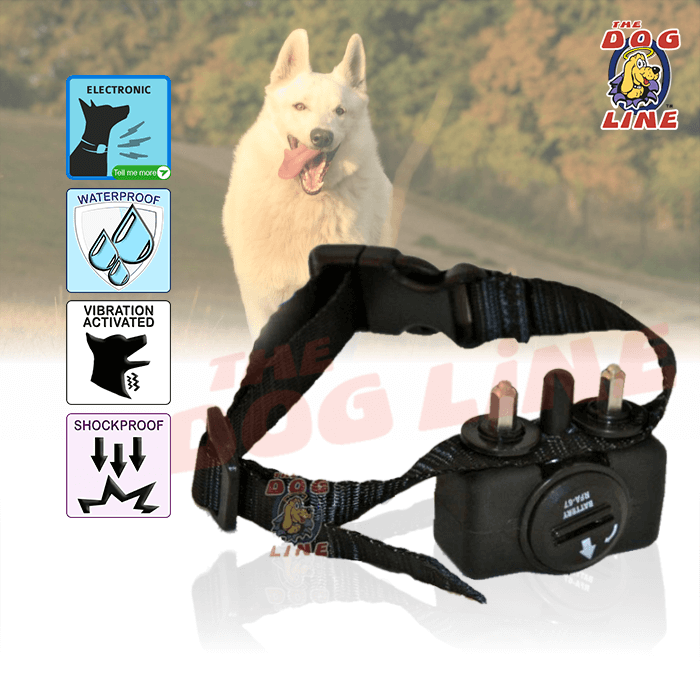 Bark collars like (insert petsafe product) have adjustable straps that allow you to fit the collar to your dog's neck. Once you've measured your dog's neck, adjust the collar to the correct size.
Bark collars like (insert petsafe product) have adjustable straps that allow you to fit the collar to your dog's neck. Once you've measured your dog's neck, adjust the collar to the correct size.
The collar should fit snugly but not too tight. You should be able to fit one or two fingers between the collar and your dog's neck. -
Step 3: Check the Contact Points
An anti-bark dog collar like the Barking Dog Collar works by delivering a static shock to your dog once it detects vibration from the dog's vocal chords and barking sound. The contact points on the collar are the probes that deliver the stim or zap in order to deter the dog from its barking episode.
It's important to make sure the contact points are touching your dog's skin, and not just the fur. Also check, if the dog's neck has no lesions or skin irritations before using the bark collar.
Pro-Tip: If the contact points are too loose, the collar won't work properly. If they're too tight, they can cause discomfort or even injury to your dog. Check the contact points regularly to make sure they're properly positioned and not causing any issues. -
Step 4: Test the Collar
Before using the dog bark collar for the first time, it's important to test it out. Turn the collar on and place the probes on your Adam's apple. Try to make a barking sound, and wait until it delivers a low-level shock.
Now test it out on your dog, and watch and wait for your dog's reaction.
The low level of static stimulation should get your dog's attention but it should not be painful or distressing. If your dog doesn't seem to react to the shock, or if they seem distressed, adjust the collar's fit either lower or higher and try again.
You may need to adjust the level of the shock until you reach your dog's recognition level or the level at which the dog responds to the static stimulation. -
Step 5: Monitor Your Dog's Reaction
It's important to monitor your dog's behavior to the dog bark collar. The collar should be used as a tool to reinforce positive behavior, not as a form of punishment. If you notice any signs of distress or discomfort in your dog, stop using the collar immediately and consult a professional trainer.
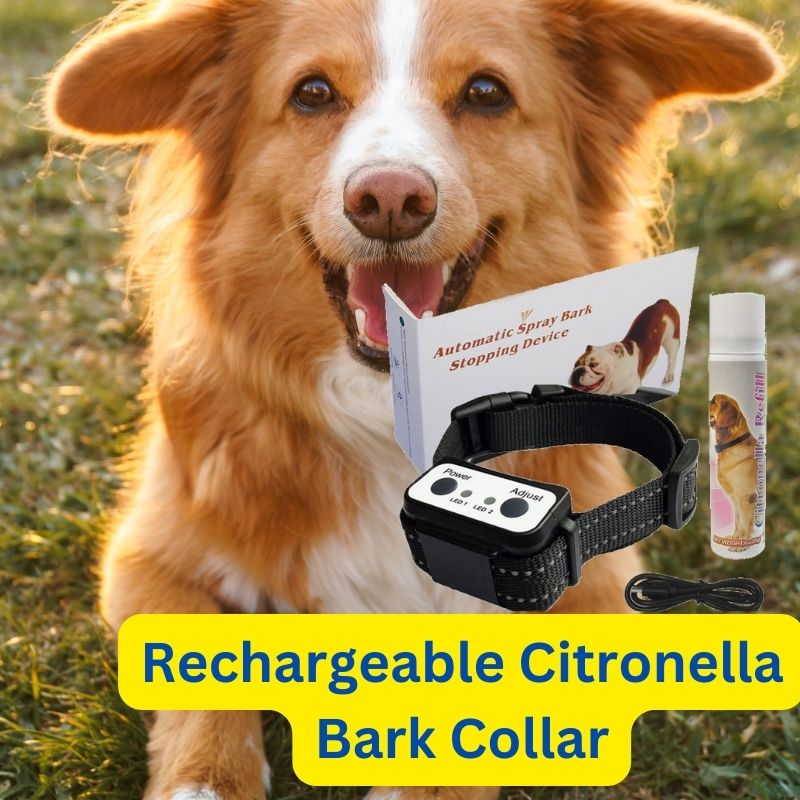
In addition to fitting your dog's bark collar properly, it's also important to approach dog training with a positive and patient attitude. Dogs respond best to positive reinforcement, so be sure to reward your dog for good behavior and avoid punishing them for mistakes. Remember, training your dog takes time, effort, and love.
But certainly, the rewards are worth it! A well-trained dog is a joy to be around and can even make your life easier. With the right tools and techniques, you can successfully train your dog and build a stronger bond with them.
Take the time to properly fit your dog bark collar! Approach the training with a positive attitude and enjoy the process of seeing your furry friend grow and learn to be well behaved dogs. Happy training!
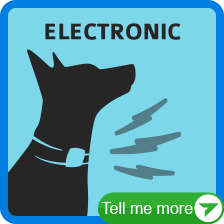 |
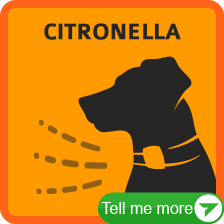 |
 |
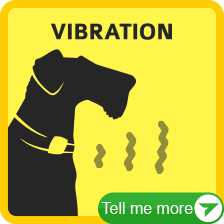 |
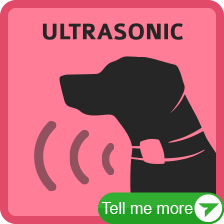 |
|---|
Transcription:
00:00:00,000 --> 00:00:29,900
Two little tricks. Okay, that we've got thede secret. Hey, folks, how are you? This is this is our friend Rocky. What? I'm going totalk toyou about today, is how to fit a bark collar to adog. So I'm going to show you what to do with a bark collar, if youneed to put one on your dog, now, the certain things you need to do when you do get abark collar, to make sure your are able to fit it. Now, acouple of things to remember that bark collars, are we talking about static, correction collars? I've got one here that I prepared earlier.
00:00:30,100 --> 00:01:00,000
Rocks is going todo is Rock. He's going to dohis own thing. So what happens with the bar closed when thedog barks the vibration activates the unit. You want to make sure that when the unit is activated that it when it goes off it's going to be sensitive enough to activate but not so sensitive that it's going to activate if it gets knocked around. So this particular one we've got come on buddy, this particular one, we've got has a rubber coating on it so it won't go off if it gets knocked around. So it's quite safe. Now, couple of things
00:01:00,400 --> 00:01:30,000
When you put a bar collar on the dog, you're going toget it. There's a few things to remember, this is called the buccal, that's the male part of the Buckle. And that's the female part. This end here is called the tag end and this is the tri clip. So with atry clip it's often called The Keeper and that's where you hook the caller into here so that it will lock in. So always fit abark collar to a dog when it's empty. So if you turn it off, there might be some ping in there already. So what we do is make sure it's empty, so it's not going to activate. Look, yousee that?
00:01:30,100 --> 00:02:00,400
Off. But there was still one left in the capacitor. I think that's actually turned on. So I get my little test light. Make sure it's turned off, and then empty the capacitor. So is not going togo off again while I'm feeding it. That's very important. So if I leave that like that and then I go to Rocky who's a very good boy and Iput that on this is far too loose. What you're looking for is a nice connection between the three probes that are the vibration detectors and the Adam's apple. But if you get one, that's not very sensitive.
00:02:00,400 --> 00:02:30,400
And thatneeds to be done up firmer, it's going to be too tight and your dog's going to move it to the side ofthe neck andit's not going to work. Okay, so I've got that they're obviously this is very loose, I'm going tohave to tighten that up. So I do is just pull that up a little tiny bit, then push through. So, Iget the, the new strap. Good boy. So, that's that little bubble of strap there. You can see, I've just pushed that through. There we go. I'm going to pull the tag end to move that through. Move the try Clinton down so I can then do the adjustments.
00:02:30,400 --> 00:03:00,200
Okay, so we put that on and we feel around here, don't worry about fingers under straps. You want tobe feeling around theprobes, to make sure you got agood connection to the, to the skin and the Adam's apple. Number one so that the caller can pick up the vibration and number two, so that when it does pick up the vibration and activate, the probes aretouching theskin. This needs to be a little bit firmer and the one thing Itell people as well is as you do, the collar up, the long hair will settle in and then let's lift that out theway
00:03:00,800 --> 00:03:32,200
the caller will actually loosen itself off. So you'regoing tocheck the fit. So once you'vegot that nice fit on the dog's collar, there's two little tricks. There's another color, Ilike as well. This one is called abarking, dog. Training collar, here it is. On the website. Here we go, stay Rocky. And then if you go to the website and you look at this video, it will show you alittle bit more about what to actually look for when you're deciding which bark collar is best for your dog and how they operate. It's basically based around this particular unit which is our barking, dog training collar,
00:03:32,500 --> 00:04:00,900
if you click on there, you'll go through that and you'll also see avideo on that operation on that page as well to little tricks. Okay, that we've got thede It. So when you buy your bark collar and you're going to get a couple of tips from us, give us acall. Once you've got it and will tell you our tips on how to do it because if you don't get it right and youdon't get the collar fitted correctly, you're not going to get the consistent results. You need to actually achieve a change in Behavior because we're not about punishing the dog.
00:04:00,900 --> 00:04:33,900
Every time it barks, we're about teaching the dog, anew barking habit. So that you don't end up having a dog that is getting over corrected and doesn't want to bark again because everybody picks up. Um, the phone and ask is well, how does the dog get to bark when it really needs to? And the answer is very simple as well. Get agood collar that's adjustable. So it just hit corrects the dog at the right time. All right, so this Colour here has a rubber coating which is important when it comes to those little tips. Once you've got the fit, right? You can then lock it off by the try Clips.
00:04:33,900 --> 00:05:01,700
There we go. Lock It Off by doing the try clip, so it doesn't alter the fit and then you'll know exactly what fit to do a couple of things. Rocky's got long hair. Here, that's aclue. The other little thing is that it has a rubber coating which also helps in certain circumstances as well. So, if you don't do if you have our pet barrier, dog fence, you need to bark collar as well. We've got the bar called thecan be worn atthe same time but there's agood reason why. All right I'll sign off there. If you've got any questions drop us aline. Give us acall on our world-famous phone number
00:05:01,900 --> 00:05:09,100
1 300, the dog - 1 300 843 364 then it's goodbye from him and it's goodbye from him. Thanks folks.
 The Dogline
The Dogline









